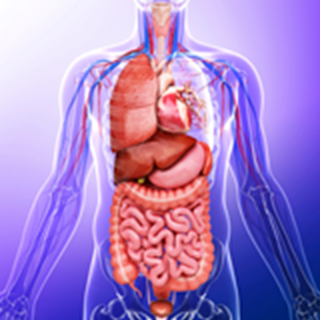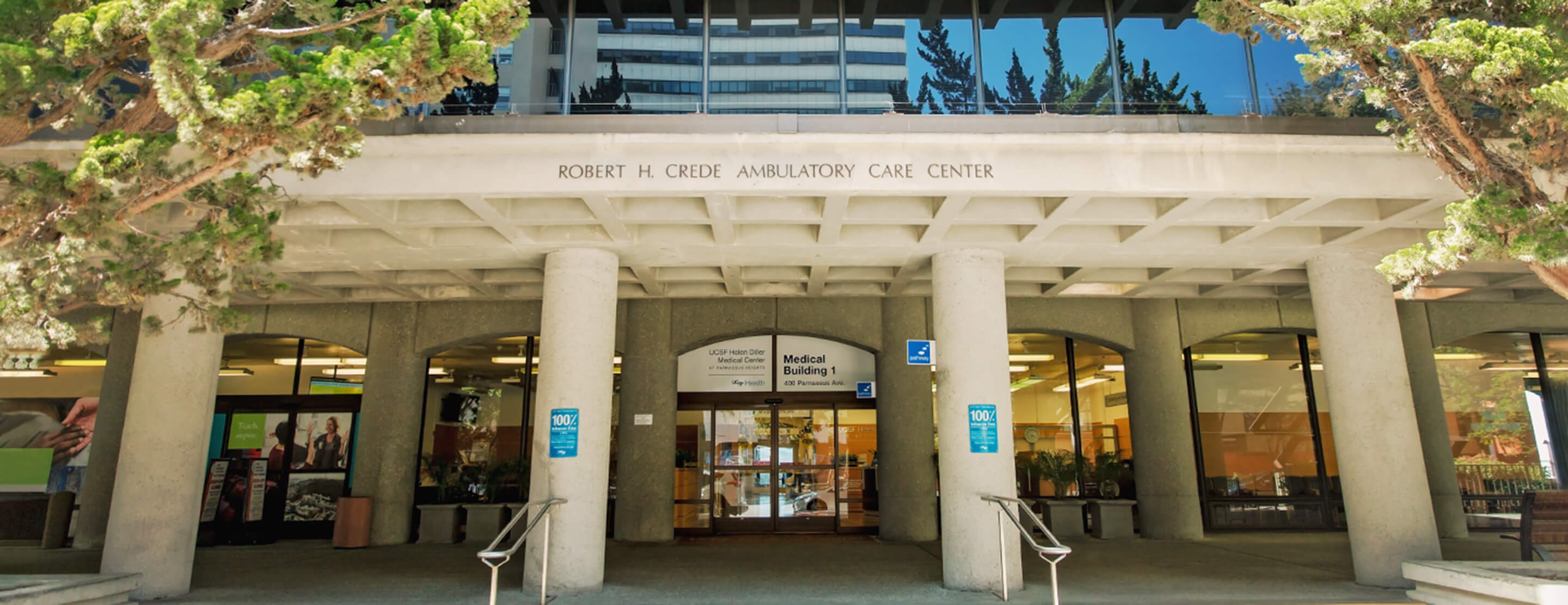
Liver Transplant Program
Liver transplant offers patients with end-stage liver disease a second chance at life. The UCSF Liver Transplant Program has made this chance possible for nearly 4,000 patients since its founding in 1998.
Our program, designated a center of excellence by the U.S. Department of Health and Human Services, is known for outstanding outcomes and for helping pioneer techniques to make transplantation safer and more successful. We perform transplants using both deceased and living donors, and are able to perform complex transplants on patients with complicating health conditions, such as portal vein thrombosis. Our team also created new criteria for transplanting liver cancer patients, which are now used in transplant centers across the world and have allowed more patients to become eligible for transplant.
Each patient's treatment team includes surgeons, hepatologists, nurses, physician assistants, pharmacists, dietitians and social workers. Liver transplant pathologists and interventional radiologists also help accurately diagnose and manage liver disease and liver cancer progression before transplant. Our dedicated transplant unit is staffed by nurses and other providers who specialize in caring for liver transplant patients.
Download our new patient handbook (PDF).
Our outcomes
UCSF's adult liver transplant patients have a one-year survival rate that consistently exceeds the national average, according to the Scientific Registry of Transplant Recipients (SRTR). In SRTR's most recent reporting period, our liver transplant recipients had a survival rate of 93.48 percent one year after transplant, compared with a national average of 92.82 percent, and an expected survival rate – meaning the predicted survival rate based on variables indicating how sick or healthy our recipients are – of 92.47 percent.
More outcomes data is available from SRTR and from the Organ Procurement and Transplantation Network.
Doctor referral required
COVID-19 and transplant patients
UCSF strongly encourages patients awaiting liver transplants to get vaccinated. We also recommend that patients awaiting organ transplants follow the guidelines for immunocompromised patients from the Centers for Disease Control and Prevention (CDC).
Our locations
Patient education resources
Our team
Clinical trials
ALTA TIPS: A 5-year Longitudinal Observational Study of Patients Undergoing TIPS Placement
Transjugular Intrahepatic Portosystemic Shunt (TIPS) was first developed as a salvage tool for life threatening variceal bleeding or for the management of severe ascites refractory to medical therapy. Over the past decade there ha...
Recruiting
Prevalence and Predictors of Hepatic Steatosis in Persons Living With HIV
Prevalence of hepatic steatosis in PLWH will be reported as the number of participants with hepatic steatosis, defined by controlled attenuation parameter (CAP) ≥263 dB/m, over the total number of participants assessed.
Recruiting
Vertical Sleeve Gastrectomy and Lifestyle Modification for the Treatment of Non-Alcoholic Steat...
The scale used is NAS - this is the NAFLD (Nonalcoholic Fatty Liver Disease) Activity Score. The NAS was developed to provide a numerical score for patients who most likely have NASH. Accordingly, NAS is the sum of the separate s...
Recruiting
Awards & recognition
-

Among the top hospitals in the nation
-

One of the nation's best in gastroenterology & GI surgery
-

Designated center of excellence
-

in the West for number of living donor liver transplants performed
-

in the U.S. for number of liver transplants performed
Support services
Plan your visit
What to Bring
- Photo I.D.
- Health insurance card
- Insurance authorization, if required
- Doctor's referral, if required
- Recent test results related to your condition
- List of your medications, including dosages, plus any you're allergic to
- List of questions you may have
- Device or paper for taking notes
Related clinics
Our research initiatives
-

UCSF Division of Transplant Surgery Research
The UCSF Division of Transplant Surgery conducts research aimed at expanding medication options, refining surgical techniques and improving methods of preventing transplant rejection.




































































